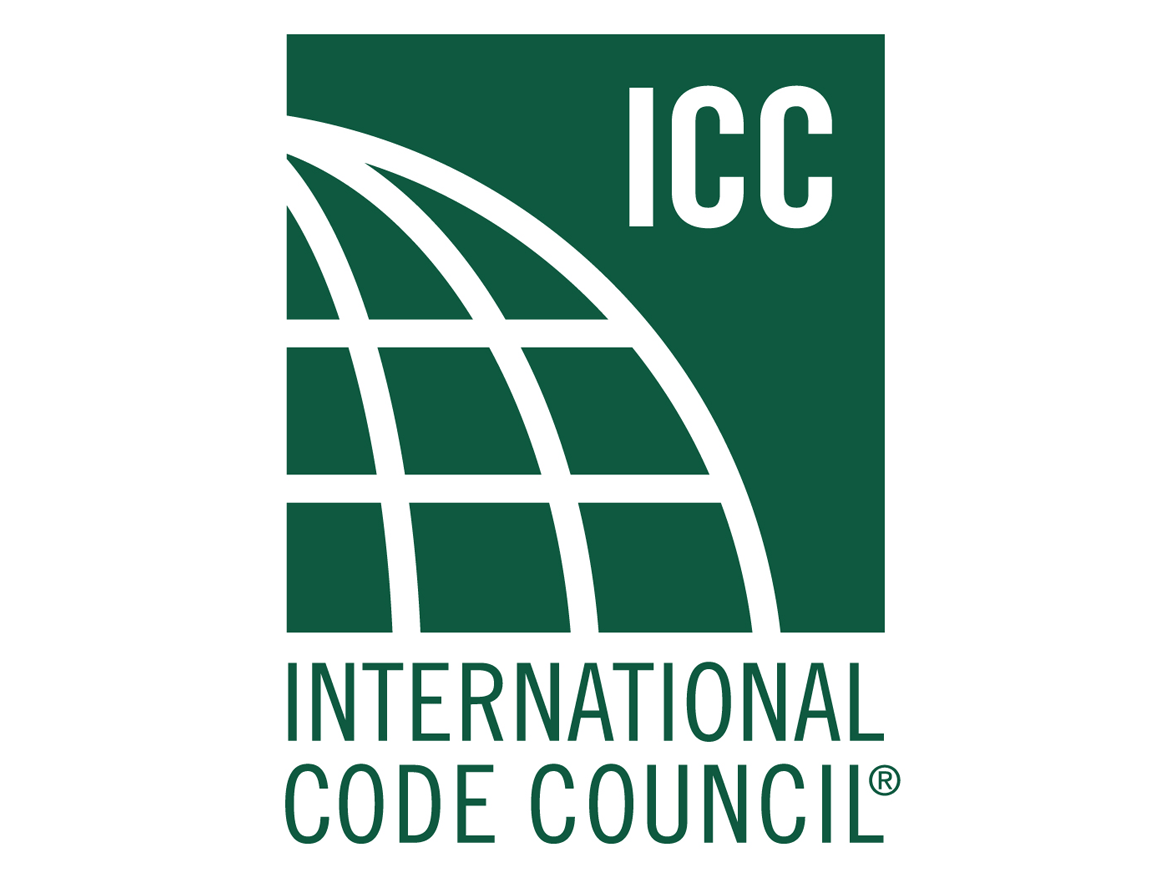This course is part of the Technology and Business of Architecture Academy
Colleges and universities are at the forefront of sustainable innovation, adopting cutting-edge strategies to reduce carbon footprints while enhancing campus infrastructure. This course explores key carbon-saving design and construction advancements, including enclosure retrofits, structural forensics, and adaptive reuse techniques.
Participants will gain insights into high-performance glass facades, next-generation energy infrastructure, and seismically tuned hybrid mass-timber structures. Through real-world case studies, this course highlights how higher education institutions lead the way in resilient, energy-efficient, and forward-thinking design.
SOM Designs an Innovative Double-Skin Facade for MIT’s Forward-Looking Computing College
Exploring High-Performance Envelope Design for Energy Efficiency, Sustainability, and Architectural Innovation
Wanda Lau
Studio Gang Merges Art and Tech at CCA’s Expanded Campus
California College of the Arts Expansion
Randy Gragg
ZGF Architects’ Geo-Exchange System for Princeton Leads an Underground Revolution
Innovative Geo-Exchange Technology Redefining Campus Energy Efficiency and Sustainability
James Russell, FAIA Emeritus
Bruner/Cott Architects Gives Harvard’s Gund Hall a High-Tech Facelift
Revitalizing an Architectural Icon with Cutting-Edge Sustainability and Design Innovations
Joann Gonchar, FAIA
VMDO Architects Overhauls a Century-Old Student Residence at George Washington University
Blending Historic Preservation with Modern Sustainability in Student Housing Design
Vernon Mays

Photos © Jason O’Rear
The studio pavilions sit atop the “upper ground,” while cutouts in this second-level slab reveal maker yards.
Colleges and universities are at the forefront of sustainable innovation, adopting cutting-edge strategies to reduce carbon footprints while enhancing campus infrastructure. This course explores key carbon-saving design and construction advancements, including enclosure retrofits, structural forensics, and adaptive reuse techniques.
Participants will gain insights into high-performance glass facades, next-generation energy infrastructure, and seismically tuned hybrid mass-timber structures. Through real-world case studies, this course highlights how higher education institutions lead the way in resilient, energy-efficient, and forward-thinking design.
SOM Designs an Innovative Double-Skin Facade for MIT’s Forward-Looking Computing College
Exploring High-Performance Envelope Design for Energy Efficiency, Sustainability, and Architectural Innovation
Wanda Lau
Studio Gang Merges Art and Tech at CCA’s Expanded Campus
California College of the Arts Expansion
Randy Gragg
ZGF Architects’ Geo-Exchange System for Princeton Leads an Underground Revolution
Innovative Geo-Exchange Technology Redefining Campus Energy Efficiency and Sustainability
James Russell, FAIA Emeritus
Bruner/Cott Architects Gives Harvard’s Gund Hall a High-Tech Facelift
Revitalizing an Architectural Icon with Cutting-Edge Sustainability and Design Innovations
Joann Gonchar, FAIA
VMDO Architects Overhauls a Century-Old Student Residence at George Washington University
Blending Historic Preservation with Modern Sustainability in Student Housing Design
Vernon Mays

Photos © Jason O’Rear
The studio pavilions sit atop the “upper ground,” while cutouts in this second-level slab reveal maker yards.












